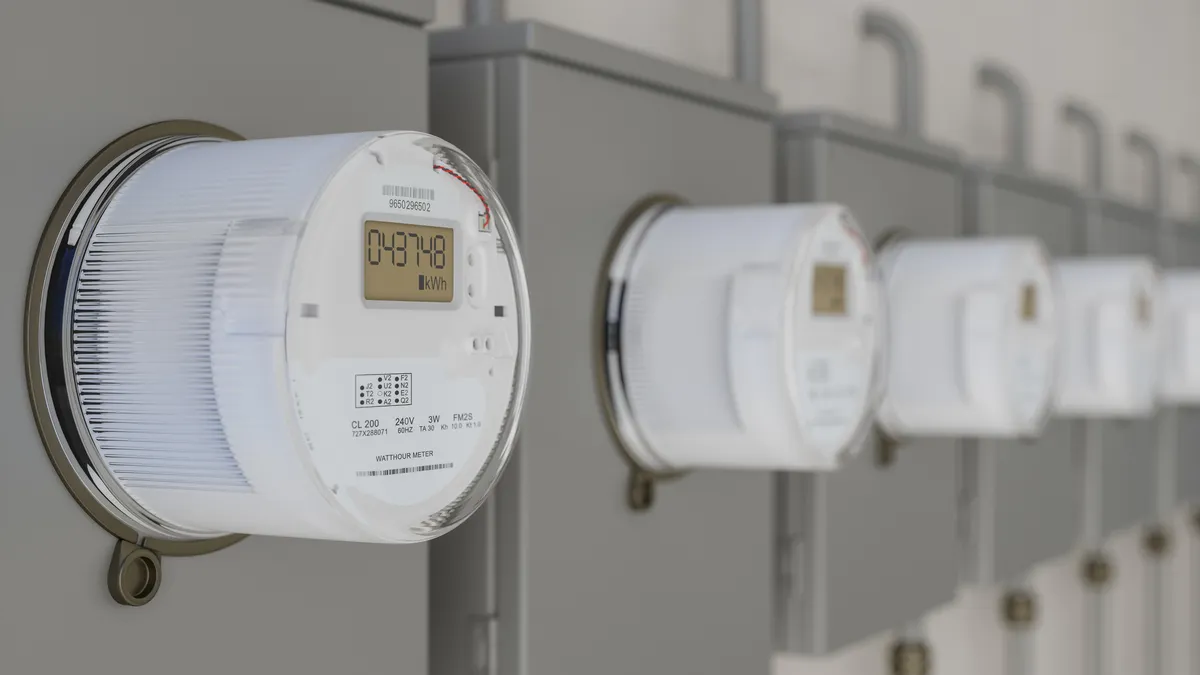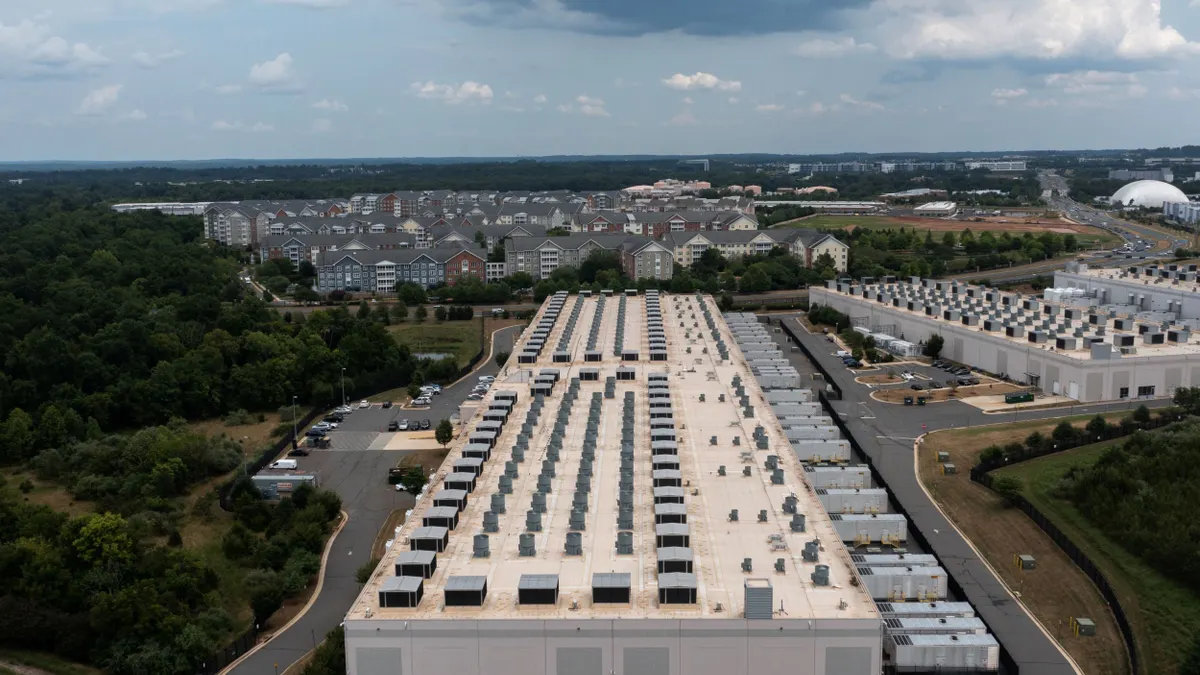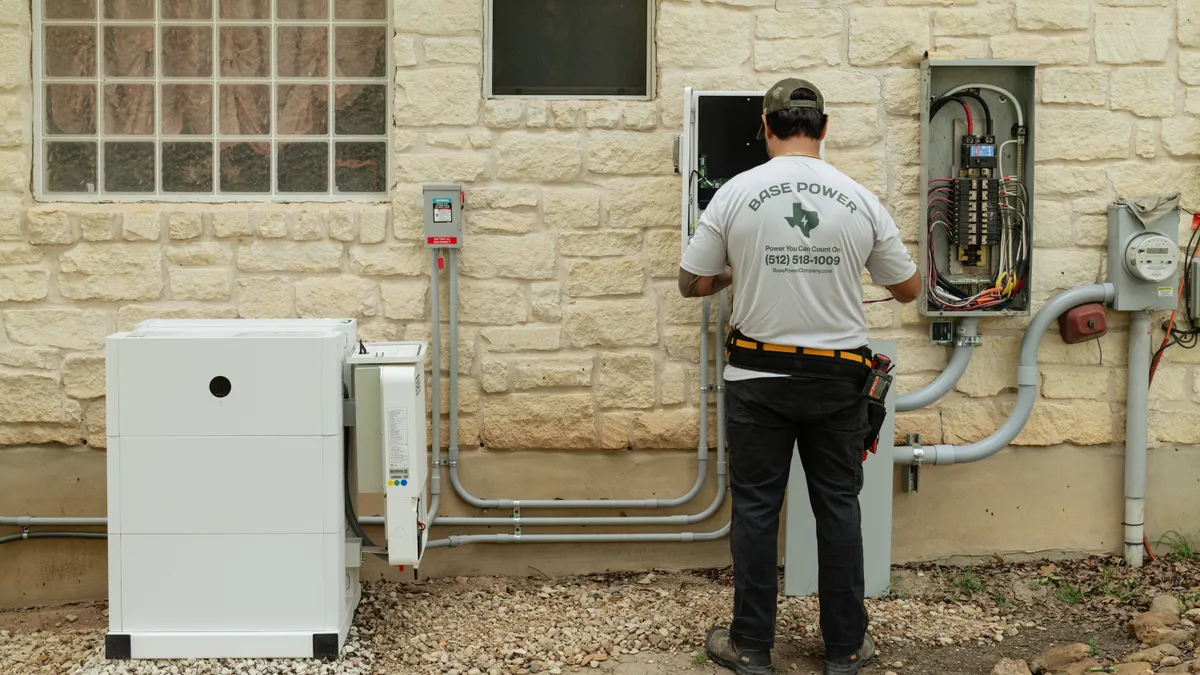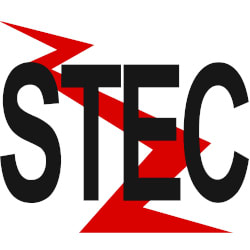That interest in energy efficiency is growing rapidly is not surprising, as organizations seek to reduce their carbon footprint while lowering costs. But the story has moved beyond simple improvements like lighting retrofits, with more companies showing an interest in generating all of their energy and installing microgrids for the best available resiliency.
"It's the next level of ambition," said Clay Nesler, vice president of global energy and sustainability at Johnson Controls.
The company recently published the results of its 2016 Energy Efficiency Indicator (EEI) survey, with responses coming from more than 1,200 facility and energy management executives in the United States, Brazil, China, Germany and India. They show a marked increase in interest, with a few more ambitious goals showing surprisingly-high adoption rates.
All total, half of respondents said their organizations are paying more attention to energy efficiency today than they did a year ago, with 72% planning to increase investments in energy efficiency and renewable energy in the coming year. By comparison, only about a third of respondents in the 2013 survey reported paying more attention to energy efficiency.
"The two things that really jumped out at me were the significant interest in plans around net-zero and energy-positive buildings, and resiliency," said Nesler. "And in a funny way those things come together. We saw interest in net zero buildings, globally, running at 80%."
About the same number are planning for a certified green facility as well, he said.
The EEI survey also found that organizations with the majority of their facilities located in urban areas are more likely to invest in smart building and smart energy technology, participate in demand response programs or utilize energy storage. About two-thirds of organizations in urban areas have already invested in building management systems, and almost 40% of organizations have invested in on-site renewable energy and 24% in non-renewable distributed generation.
The most popular improvements last year included: HVAC retrofits, energy education programs, building controls upgrades, building systems integration, on-site renewable energy and water efficiency projects.
But high-impact projects seem to have caught the imagination of many: 80% of organizations are aiming to bring at least one facility to net-zero or net-positive energy use. And resilience is becoming an ever more important driver, with 82% looking into islanding capabilities in the case of severe weather events or extended power outages.
There are many different certifications and goals around the world—certified green buildings are essentially codified best building practices, and that means they will change over time. But Nesler said being energy-neutral, or even producing more than is needed, attracts organizations with its simplicity.
"Net zero is laser-focused on energy. It doesn't require higher math or simulations. It's an elegant and simple measure. To some extent, it's something people get," Nesler explained. "And it’s essentially doubling down on the energy efficiency component with green building standards. They are very synergistic."
Getting to net zero
"There are a couple of different ways of getting to net zero, but the most cost-efficiency approach is to do things in the right order," Nesler said.
That starts with the building construction, followed by efficiency equipment, appliances and lighting. Then it's a matter of optimizing building controls, Nesler said, to manage them in an integrated fashion. Equipment operators and occupants must receive some training. And the improvements are done on a rolling basis—"you continually commission the building, to make sure it operates at maximum efficiency," he said.
Buildings can have net-zero energy use and still be grid-tied, but to island the system storage would be needed for any nighttime loads.
"Once you you have storage you have the ability to do demand response, spinning reserves, and frequency regulation. You can provide services to the grid depending on were you are and what services are available, and bring in new revenue streams," Nesler said. "At some point you actually have a new cash flow you can use to pay for the infrastructure."
But so far, "there are relatively few net zero commercial buildings at this point," Nesler said. "Interest has been fairly recent, especially after Superstorm Sandy and Katrina."
Sandy left 8 million without power on the East Coast, and a report last year from the Union of Concerned Scientists found there are still vulnerabilities which need fixing.
"There were some winners and losers in New York City during Superstorm Sandy," Nesler said. Goldman Sachs had a new natural gas cogeneration system that kept them up and running, while firms down the street remained dark. Some public housing had power; other developments did not.
"That tends to crystallize it in people's mind. It's a risk management decision, but I think but I think [Superstorm Sandy] clarified for a number of organizations that, yes, it will cost a bit more, but if you look at environmental benefits and impact on community, if you look at all benefits of greater resiliency, overall the payback justified the expense."
Executing complex projects
Building and appliance energy standards have been making an impact for decades, but recent advances in technology and policy have accelerated the savings.
Earlier this year, President Obama announced new initiatives aimed at improving building efficiency including giving a few building owners complete access to energy usage data. As part of the administration's Better Buildings Program, the White House formed a coalition with 18 utilities which agreed to provide building owners with whole-building energy data access by 2017. Thirty cities and states are also committing to take new actions to ease access that data.
And the federal government's Appliance Standards and Rulemaking Federal Advisory Committee continues to tighten conservation standards for consumer products and commercial and industrial equipment, in a bid to reduce carbon emissions by at least 3 billion metric tons cumulatively by 2030.
Products regulated by the Appliance and Equipment Standards Program represent about 90% of home energy use, 60% of commercial building energy use and 29% of industrial energy use. And according to the Department of Energy (DOE), the standards saved American consumers $55 billion on their utility bills in 2013.
But the new wave of efficiency interest is going beyond installing the right equipment. Developing a microgrid is, not yet, a plug-and-play investment.
"Much of the work is being done by energy service companies," Nesler said, including companies like Johnson Controls. Edison International, the parent company of regulated utility Southern California Edison, formed a consultancy this year to provide energy management services to large customers.
Smaller scale projects are often done by local mechanical contractors that partner with financial lenders, he said.
"It is much more cost effective to add solar and now there are alternatives. Many building owners have a option of not even paying for it," Nesler said. "Experience also helps." As efficiency, microgrid, distributed geenration and storage technologies spread, it eases the transition for the companies who are not first adopters, he said.
"Some people like to be first but not everyone," Nesler said. "There’s a rather long line to be second or third in developing these types of buildings."





















